Stengel & Co
Is there a single philocartist in the world who has not heard the name of the publishing house Stengel & Co. ? Has he never seen their logo on postcards? Has he never come across a mention of them in specialized literature? It is possible that there are several such people who have not heard of Stengel & Co. But at the same time, it can be said with complete confidence that, even without knowing about the existence of this company, they have held in their hands postcards printed by it. If the definitions of "main", "leading", "largest" (applicable to the producer and publisher of artistic postcards of the postcard boom period) are applied to Stengel & Co., none of them will be wrong.
At the turn of the 19th and 20th centuries, the publishing house from the capital of Saxony was the world's largest producer of postcards. Several other German publishing firms followed , but Stengel & Co. remained among the leaders in this industry for a long time.
History of the publishing house Shtengel and Co.
The exact date of the publishing house's foundation is unknown, but it was most likely founded on April 1, 1885. It was originally called "Stengel & Markert". It was founded by partners Emil Stengel and Heinrich Markert. Around the mid-1890s, at the same time as "Stengel & Markert", there was also a company called "Stengel & Co." Most likely, the first name referred to the printing house, and the second name was chosen for the publishing house. It was in the middle of the last decade of the century before last that the rapid growth of the publishing house (and the printing house too) "Stengel & Co." began. Back in 1892, the company's staff consisted of 45 people. The main activity at that time was printing products using the phototype method . The enterprise was located in Dresden on Gabelsbergerstrasse 14.
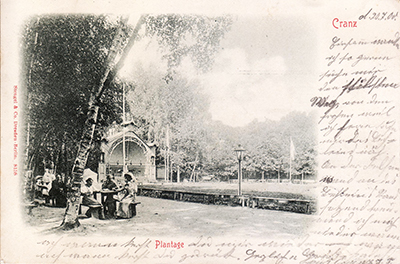
G. Markert left the company in late 1898 or early 1899, founding his own company, Markert & Sohn, with his son Bruno, also engaged in printing and publishing activities. It existed at least until the early 1930s.
The growing demand for printed products allowed E. Stengel to open a branch of the company in Berlin in November 1901 (first at Elisabethufer 5, then at Dessauer Strasse 1). In the same year, a London division was created for trade with Britain and its colonies.
At that time, the publishing house had more than 10,000 artistic views of cities from all over the world, from Europe to Egypt, from Japan to Australia, in its assets. At the same time, the publishing house also carried out orders for third-party clients.
In addition to view postcards, Stengel & Co. also produced postcards with reproductions of works of art (for example, the popular series "Galleries of the World") from the world's most famous art galleries, as well as smaller museums and royal collections. Around 1904-1905, the publishing house moved to larger premises at Bärensteiner Strasse 29, Dresden.
An advertising postcard sent through the mail in 1907 states that Stengel & Co. is a "publisher of high-quality postcards with an average annual circulation of 80 million copies and a staff of 350. Berlin - London - Vienna - Dresden."
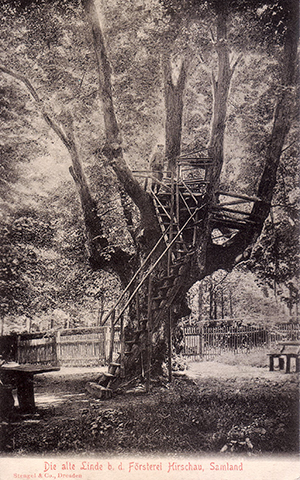
After the death of Emil Stengel, in 1906 the company was transformed from a joint-stock company into a limited liability company (GmbH) with a share capital of 400,000 marks. Over time, control of the company passed into the hands of the Keller family (Hanna Keller, Leo Keller).
By the mid-1920s, the publishing house "Stengel and Co.", in addition to printing postcards and reproductions, was also engaged in the publication of various catalogs, brochures, posters, products with watermarks (bonds, bonds, etc.), and even packaging.
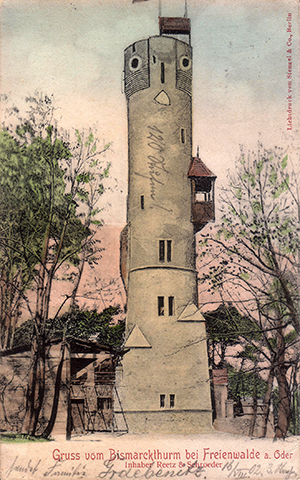
By this time, the publishing house already had offset printing presses, as well as equipment for printing photo postcards (the so-called "echte potographie" or "real photo"). The publishing house had a full range of modern equipment for all types of printing in its arsenal.
During the Second World War, in 1944, the building in which the publishing house was located was damaged during a bombing. The remaining equipment was nationalized and became the property of the East German publishing house "Vereinigung Volkseigener Verlage" (VVV), where it was successfully used for many more years. The former owners of "Stengel & Co." ended up in Frankfurt am Main, where a certain Gottfried Keller organized the publishing firm Stengel & Co. Kunstverlag.
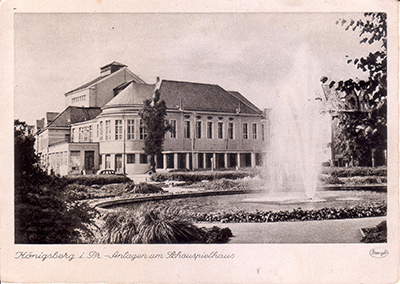
Postcards from the publishing house Shtengel and Co.
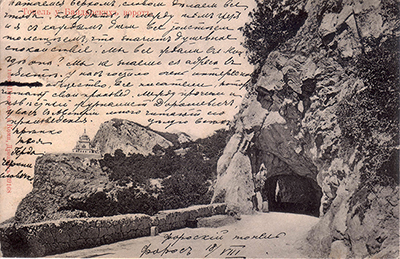
Until 1907, the publishing house "Stengel and Co." issued a huge number of postcards. Basically, these were one- and two-color products, printed using the phototype method, easily identified due to their quality and the presence of imprint data, although, of course, there are differences in the marking of the postcards depending on the country of their distribution.
Some of the cards issued by the publisher before 1900 were partially (or entirely) hand-colored . By 1901, the company had introduced its own printing process, called Artochrom, which combined halftone printing and chromolithography. Naturally, a large number of color lithographic cards were also published.
After the end of the First World War, the printing of postcards was no longer the main activity of Stengel & Co.
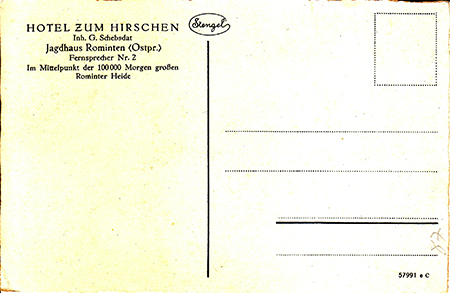
Starting from the 20s of the last century, "Stengel & Co." used mainly the halftone process, producing products of average quality, which did not stand out in any way from the competitors' products. Then halftone printing in the production of postcards was supplemented by the printing of photo postcards. Although, as already mentioned, the publishing house had the most modern equipment in its arsenal, capable of satisfying any customer requests.
Identification of postcards published by Shtengel and Co.
A large number of postcards issued by the publishing house "Stengel and Co." contain an indication of the manufacturer and a number. On many early postcards this information is indicated on the front side, later it began to be printed on the back side, although the number could sometimes be printed on the front side.
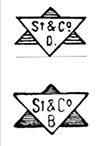
The earliest logos of the publishing house were an isosceles triangle with the initials St. & Co., D. (where D stands for Dresden) or St. & Co., B. (B. stands for Berlin) inscribed inside it, superimposed on a second triangle with the apex facing downwards.
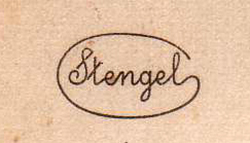
This trademark was replaced by the familiar oval with the word Stengel inscribed in it, which apparently appeared at the turn of 1905-1906 and lasted until an aerial bomb fell on the publishing house building during World War II.
As for the numbering of the postcards, there is no complete clarity on this issue. Initially, it was still possible to observe some sequential numbering of the postcards, although even then there were postcards with absolutely incomprehensible numbers (perhaps this was a consequence of the fact that they were printed for export to certain countries, or the printing method was marked this way, or something else).
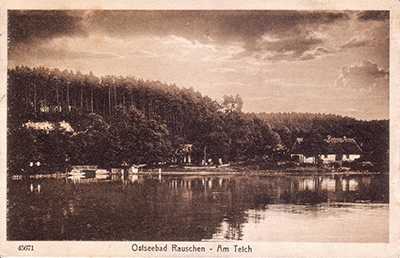
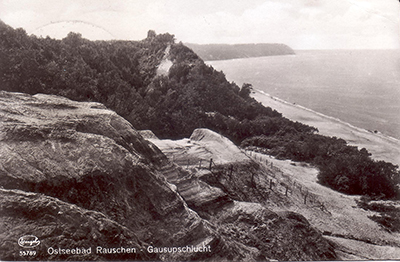
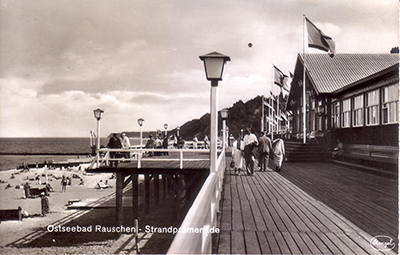
For some time, a 5-digit code was written in the lower right corner of the postcard (sometimes in green paint). Sometimes the code was supplemented by the letter S preceding it. Sometimes, on some postcards, you can find an “extra” code written in the same lower right corner (for example, “m S”, “c J”, “d T”). Photo postcards from the 1930s (but not all), in the same place, could have a code like “70694 m L 10”.
Another feature of the "Stengel & Co." postcards is the so-called "hidden
numbers": a 4 or 5-digit code, handwritten on the front side directly on the
image in the left or right corner. Perhaps this was how postcards printed by
phototype for third-party clients were marked.
(Based on materials from The Postcard Album magazine No. 22)
